When words fail, flowers speak. They have the power to express emotions and convey deep sentiments. Among the many beautiful meanings that flowers carry, representing togetherness is one of the most significant.
Whether it’s a symbol of unity in a relationship or a celebration of a family bond, these ten flowers are perfect for expressing togetherness.
So let’s dive in and explore the language of flowers with these ten beautiful blooms that symbolize unity and togetherness.
Forget-Me-Not
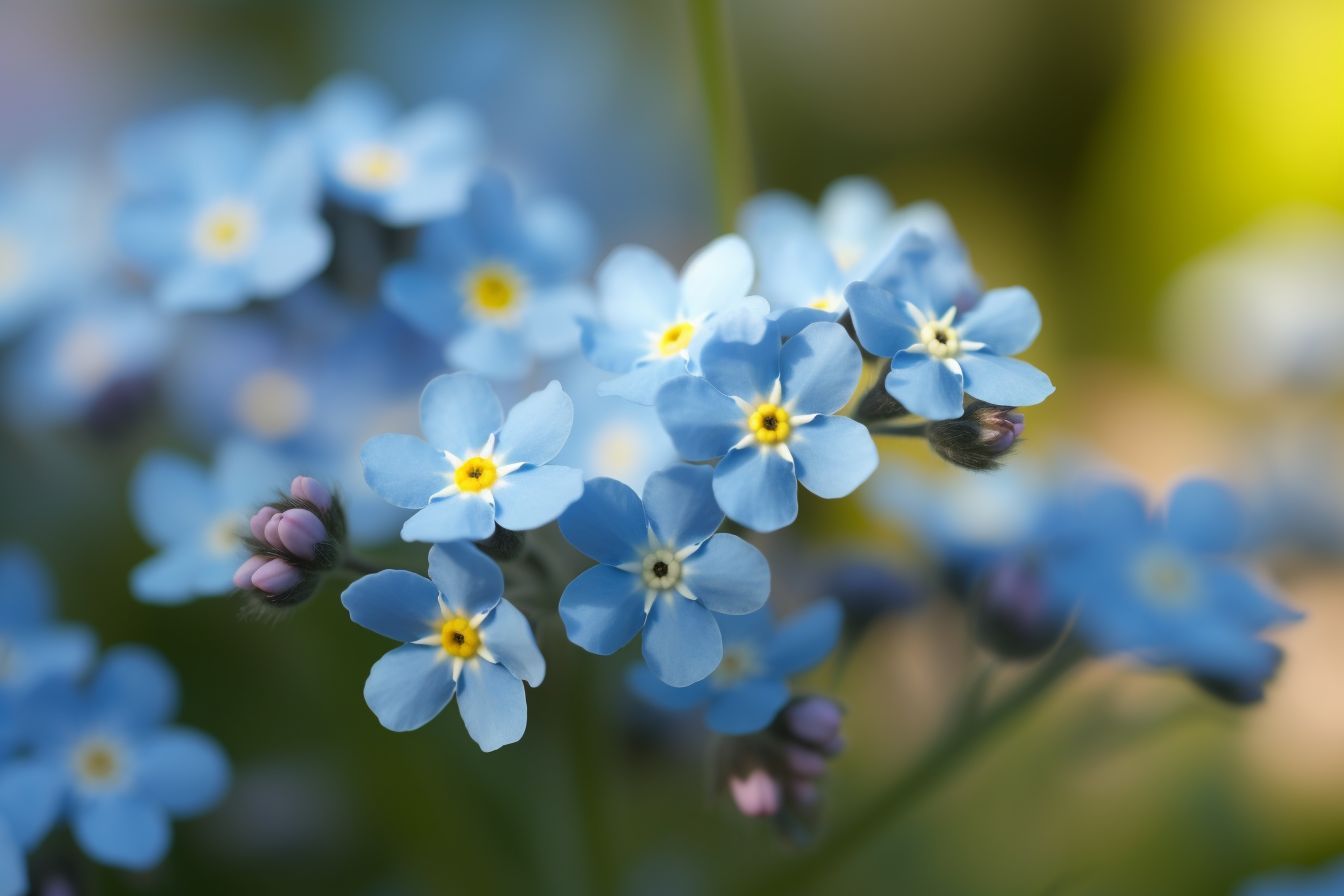
Forget-me-nots are a beautiful and delicate flower that have come to symbolize many things over time, including true love, loyalty, and most notably, togetherness. These small blue flowers are often used to express feelings of connection and commitment, and are a popular choice for weddings, anniversaries, and other special occasions.
The name “forget-me-not” comes from the idea that these flowers serve as a reminder of loved ones who are far away or no longer with us. As such, forget-me-nots are often given as a way of expressing a desire for continued connection and closeness, even when distance or time may separate us from those we love.
In many cultures, forget-me-nots are also seen as a symbol of unity and togetherness. They are often given as gifts between friends and loved ones and are used in floral arrangements and other decorations to express feelings of love, loyalty, and devotion.
Beyond their symbolism, forget-me-nots are a practical and beautiful addition to any garden or landscape. They are easy to grow and maintain and produce stunning blooms that can last for weeks at a time.
Overall, forget-me-nots are a beautiful and meaningful flower that represents the power of togetherness and the importance of staying connected to those we love. Whether given as a gift or used in a personal garden, these beautiful flowers are sure to inspire feelings of unity, love, and devotion in anyone who encounters them.
Lily of the Valley
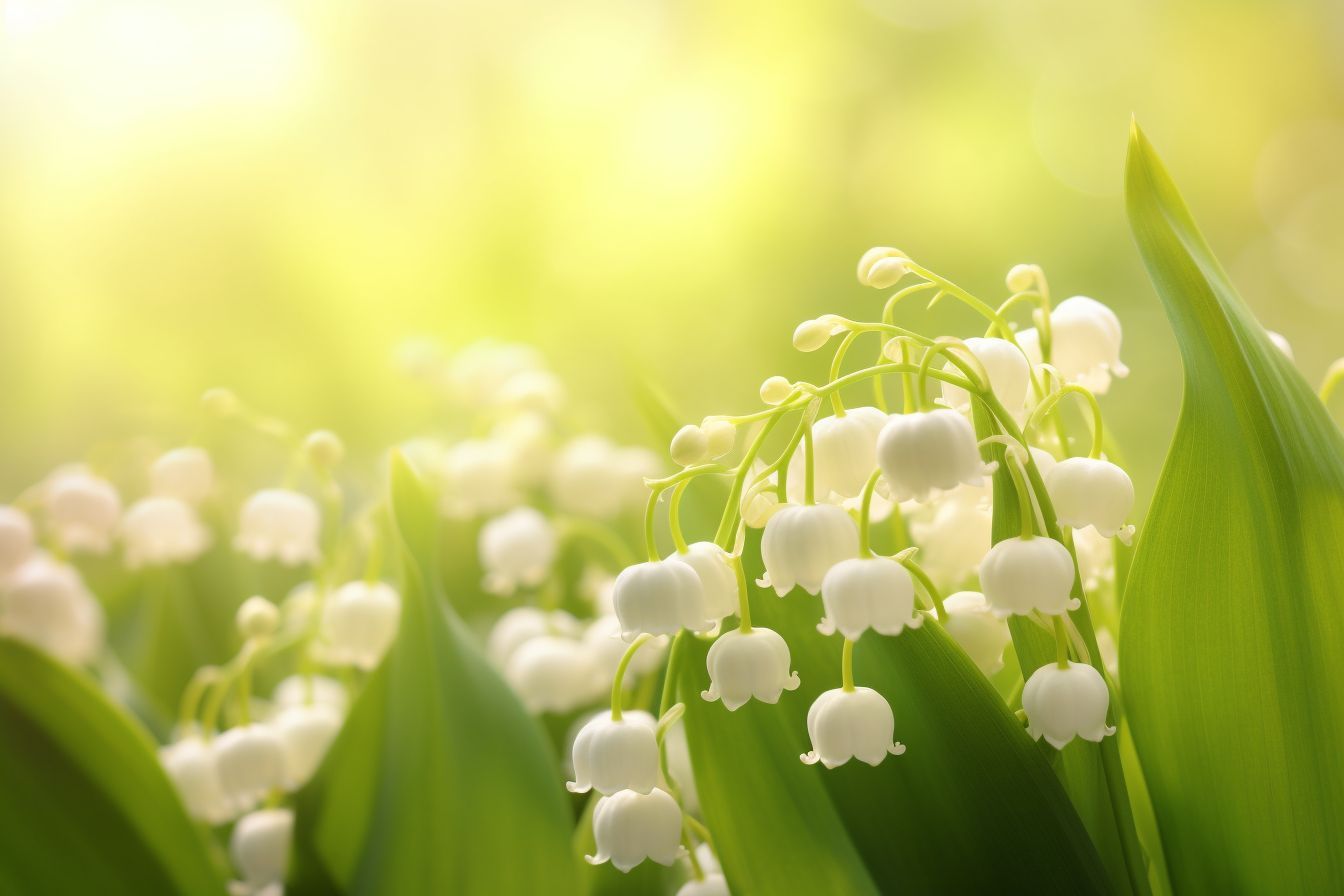
Lily of the valley is a small, delicate flower with a sweet fragrance that has long been associated with feelings of happiness, purity, and togetherness. In many cultures, this flower is seen as a symbol of love and devotion, and is often given as a gift to express feelings of affection and appreciation.
One of the reasons lily of the valley is associated with togetherness is because of the way the flowers grow in clusters on a single stem. This arrangement creates a beautiful and unified display that is both striking and elegant.
Additionally, the bell-shaped flowers of the lily of the valley are often seen as a representation of the idea of unity and harmony, as they are all interconnected and working together as a cohesive whole.
In traditional wedding ceremonies, lily of the valley is often used in bridal bouquets and other floral arrangements to symbolize the unity of the couple and the bond they share. The flower’s delicate beauty and sweet fragrance make it a popular choice for weddings and other special occasions, where it can add a touch of elegance and sophistication to any event.
Overall, lily of the valley is a beautiful and meaningful flower that represents the power of togetherness and the importance of unity and harmony.
Whether given as a gift or used in a special event, this flower serves as a reminder of the love and devotion that brings people together and creates meaningful connections that last a lifetime.
Dandelion

Dandelion is often considered a weed, but it is also a flower that has a deep symbolic meaning. One of the meanings associated with dandelions is togetherness, which is rooted in the way the plant grows and spreads.
Dandelions have a unique characteristic of spreading their seeds by releasing them into the wind, allowing them to travel long distances and take root in new locations. This method of reproduction is often seen as a metaphor for the power of togetherness, as each seed is carried on the wind, united with others, and planted in new and diverse locations.
Furthermore, dandelions are a common sight in many different environments, from urban lawns to rural fields, and can even grow through cracks in pavement. This hardiness and resilience is a testament to the power of community and togetherness, as the plants thrive and spread even in adverse conditions.
In some cultures, dandelions are also seen as a symbol of unity and commitment, as their seeds are often associated with making wishes and sending positive thoughts into the universe.
The practice of blowing on a dandelion head and making a wish is believed to bring good luck and blessings to the person who releases the seeds, further reinforcing the idea of the power of togetherness and the interconnectedness of all things.
Overall, dandelions may be viewed by some as a weed, but they are also a flower with a rich and meaningful symbolism related to togetherness, unity, and the power of community.
Their resilience and ability to thrive in diverse environments serve as a reminder of the importance of working together and supporting one another to achieve common goals.
Sweet Pea
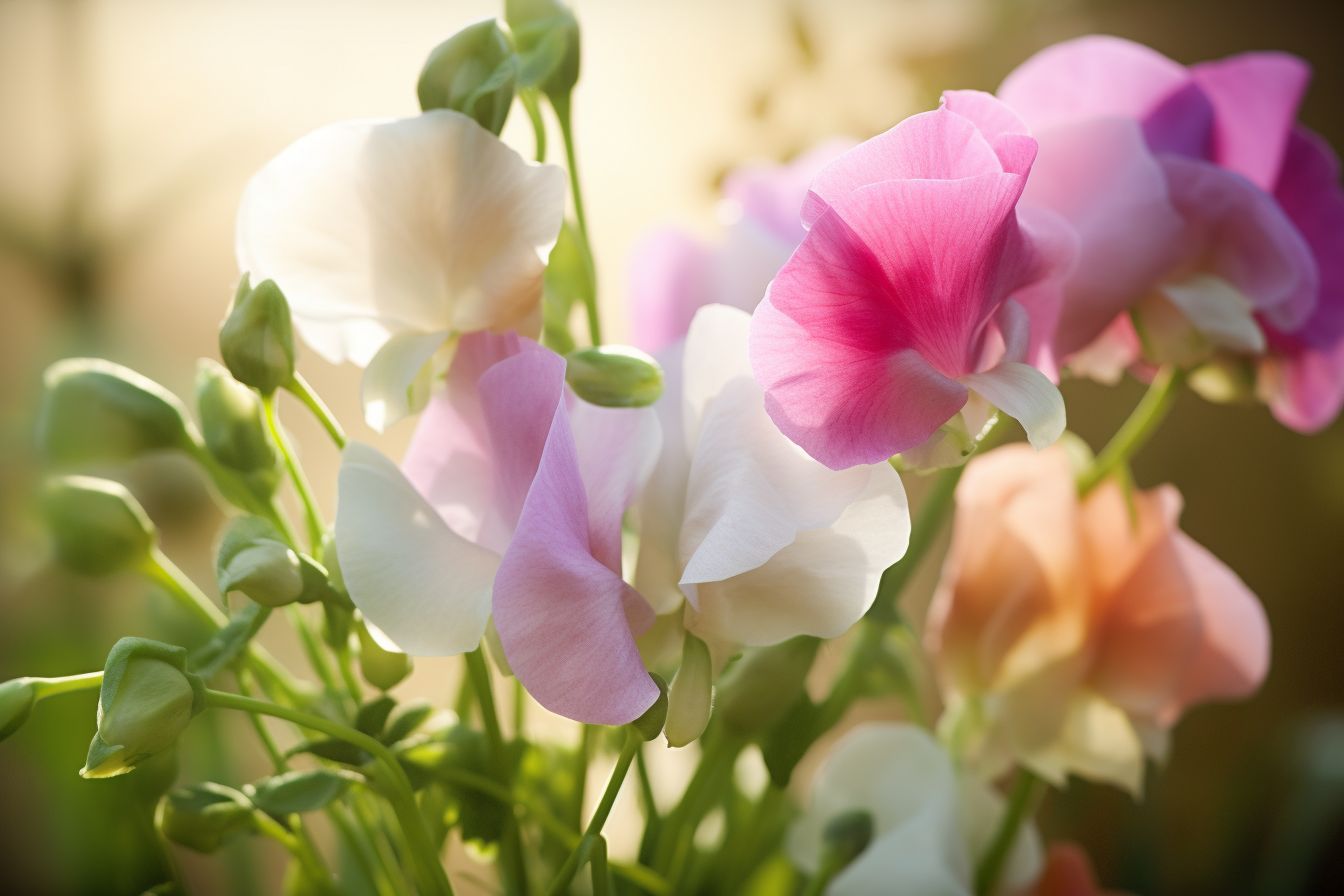
Sweet pea is a fragrant flower that has long been associated with togetherness and camaraderie. One reason for this is its physical characteristic of growing in clusters, where several flowers grow on one stem.
This creates a beautiful and cohesive display that represents the power of togetherness and the idea that many small individual elements can come together to form a larger, more beautiful whole.
The sweet pea flower is also known for its sweet and delicate fragrance, which can be a reminder of the importance of cherishing our relationships and taking the time to appreciate the moments we share with others. The sweet scent of the sweet pea can evoke feelings of happiness and nostalgia, reminding us of times spent with loved ones and the warmth and comfort of togetherness.
In Victorian times, sweet pea was often given as a gift between friends or romantic partners, symbolizing not only affection but also the importance of nurturing and valuing our relationships.
Sweet pea flowers were often included in bouquets and floral arrangements, representing the power of togetherness and the beauty of being surrounded by loved ones.
In addition to its physical and symbolic associations with togetherness, the sweet pea flower also has a rich history of cultural significance.
In some cultures, it is believed that the sweet pea flower can bring good fortune and success to those who cultivate it, further highlighting its positive and uplifting qualities.
Overall, sweet pea is a flower that represents togetherness in both its physical appearance and symbolic meaning. Its delicate beauty and sweet fragrance serve as a reminder of the joy and comfort that come from being surrounded by loved ones, while its historical and cultural significance speaks to its enduring power as a symbol of unity and camaraderie.
Daffodil

The daffodil is a beautiful and vibrant flower that is commonly associated with spring and new beginnings. However, it is also a flower that is often used to represent togetherness and unity. This is because the daffodil is known for its ability to grow in large groups, creating a stunning display of flowers that symbolizes the power of community and the beauty of being surrounded by others.
The daffodil’s bright yellow color is also a significant aspect of its symbolic meaning, representing joy, happiness, and optimism. These positive qualities are closely linked to the idea of togetherness, as being surrounded by loved ones and working together towards a common goal can often bring feelings of joy and fulfillment.
In some cultures, the daffodil is also seen as a symbol of renewal and rebirth, further highlighting its association with new beginnings and the idea of coming together to start fresh. This can be particularly relevant in times of hardship or adversity, where the power of togetherness can help us overcome challenges and move forward into a brighter future.
Overall, the daffodil is a flower that represents togetherness in its ability to grow and thrive in large groups, as well as its association with joy, happiness, and new beginnings.
Its vibrant color and uplifting symbolism make it a popular choice for celebrations and events that center around togetherness, reminding us of the importance of community and the beauty of being surrounded by loved ones.
Hyacinth
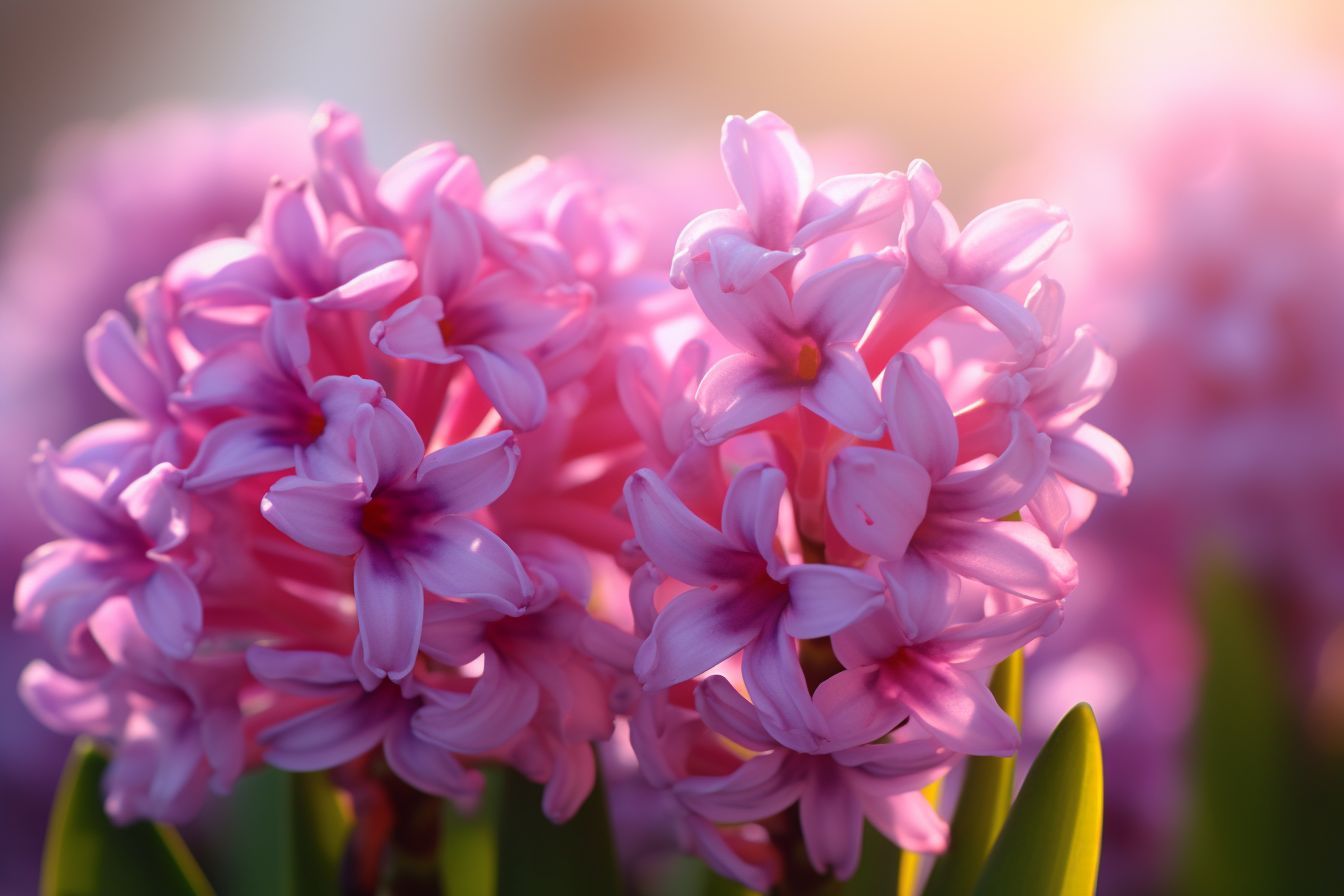
The hyacinth is a fragrant and colorful flower that is often associated with springtime and renewal. It is also a flower that has long been used to symbolize togetherness and unity.
This symbolism is rooted in the hyacinth’s ability to grow in dense clusters, creating a stunning display of flowers that seems to emphasize the power of community and the importance of being surrounded by others.
The hyacinth’s symbolic meaning is also closely linked to its fragrant scent, which is said to be both uplifting and soothing. This scent is believed to have a positive effect on the mood, helping to promote feelings of relaxation, calm, and contentment. These positive emotions are often associated with togetherness and the sense of being surrounded by loved ones.
In some cultures, the hyacinth is also seen as a symbol of rebirth and resurrection, further highlighting its association with new beginnings and the idea of coming together to start fresh. This can be particularly relevant in times of difficulty or adversity, where the power of togetherness can help us overcome challenges and emerge stronger on the other side.
Overall, the hyacinth is a flower that represents togetherness in its ability to grow in dense clusters and its association with the positive emotions of relaxation, calm, and contentment.
Its fragrant scent and symbolism of renewal make it a popular choice for celebrations and events that center around togetherness, reminding us of the importance of community and the beauty of being surrounded by loved ones.
Sunflower

The sunflower is a bright and vibrant flower that is instantly recognizable for its large size and distinctive appearance. It is also a flower that is often associated with togetherness, as it is commonly seen growing in large fields or clusters, creating a stunning display that emphasizes the power of community and the importance of being surrounded by others.
The sunflower’s symbolic meaning is also closely linked to its physical characteristics, particularly its ability to track the movement of the sun throughout the day. This movement is known as heliotropism, and it is believed to symbolize the idea of seeking out the light and being drawn towards positive energy and growth. This symbolism is particularly relevant to the concept of togetherness, as it highlights the idea of being surrounded by others who lift us up and help us grow.
In addition to its symbolic meaning, the sunflower also has practical uses that emphasize its association with togetherness. For example, its seeds are often used to make oil or as a food source for humans and animals alike, highlighting its ability to nourish and sustain a community.
In some cultures, the sunflower is also seen as a symbol of loyalty and devotion, further emphasizing the importance of being surrounded by loved ones and staying connected to those who matter most.
Overall, the sunflower is a flower that represents togetherness in its ability to grow in large clusters and its association with the positive energy of seeking out the light and being drawn toward growth.
Its practical uses and symbolic meaning of loyalty and devotion further highlight the importance of being surrounded by a supportive community and staying connected to those who matter most.
Daisy
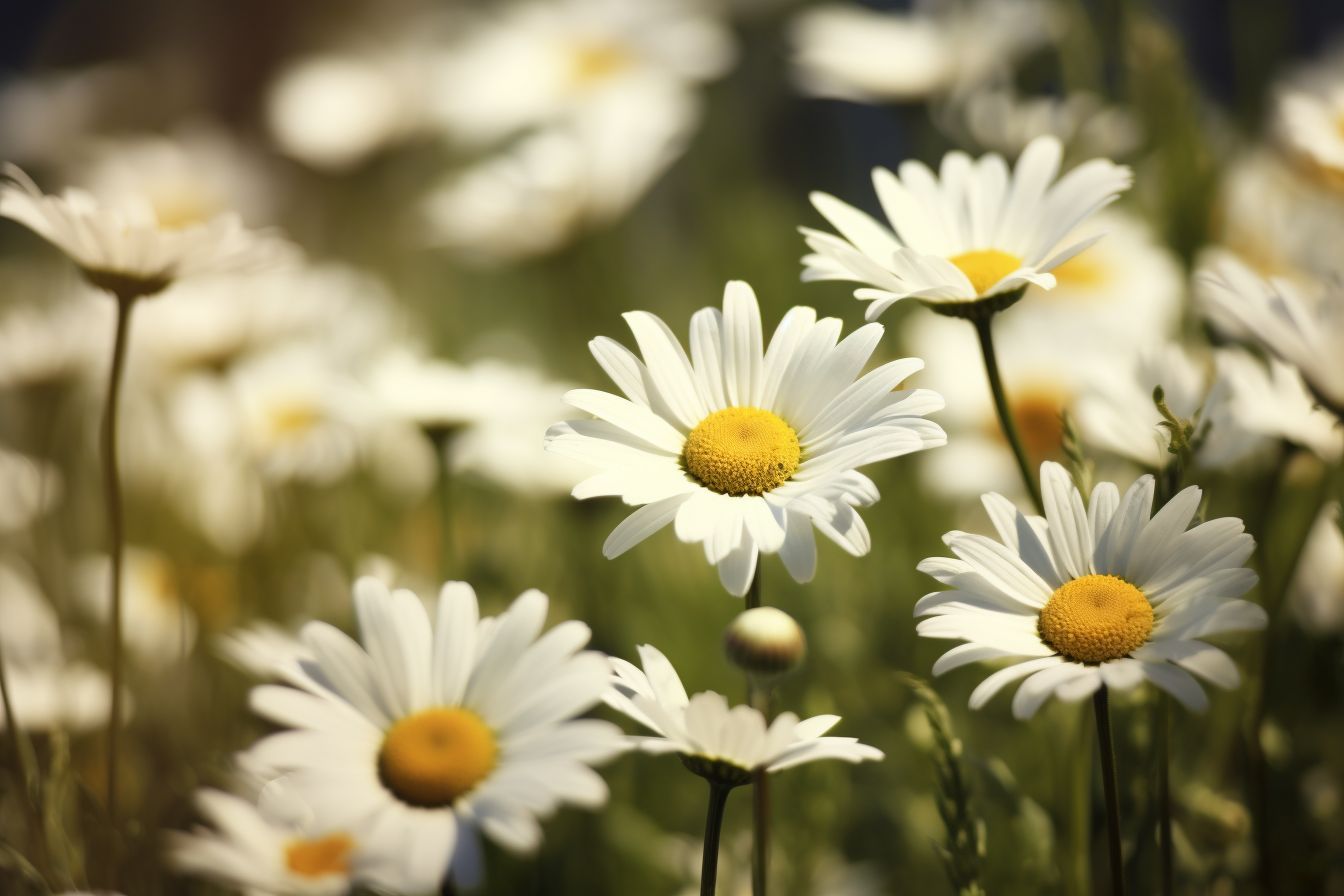
Daisies are a common flower that are often associated with the idea of togetherness. This is in part because of their bright and cheerful appearance, which can create a sense of warmth and happiness when they are seen in large clusters or fields.
However, there are also deeper symbolic meanings associated with daisies that emphasize their connection to the concept of togetherness.
One of the most notable symbolic meanings of daisies is their association with innocence and purity. This symbolism is often linked to their white petals, which create a sense of purity and cleanliness. However, it is also linked to their delicate appearance, which can create a sense of vulnerability and innocence.
This symbolism can be seen as a reminder that togetherness requires a sense of openness and vulnerability, as well as a willingness to trust others and embrace their differences.
Another symbolic meaning associated with daisies is their connection to new beginnings and fresh starts. This symbolism is often linked to their ability to bloom in the spring, which is seen as a time of renewal and growth.
This symbolism emphasizes the idea that togetherness requires a sense of openness to new experiences and a willingness to embrace change.
Finally, daisies are also associated with the idea of unity and equality. This symbolism is linked to the fact that all daisies have a similar appearance, with their petals radiating out from a central point.
This can create a sense of harmony and balance, emphasizing the idea that togetherness requires a sense of shared purpose and a commitment to treating all members of a community with equality and respect.
Overall, daisies are a flower that represents togetherness through their association with innocence, new beginnings, and unity. Their bright and cheerful appearance can create a sense of warmth and happiness, while their symbolic meanings emphasize the importance of openness, vulnerability, and equality in building strong and supportive communities.
Honeysuckle
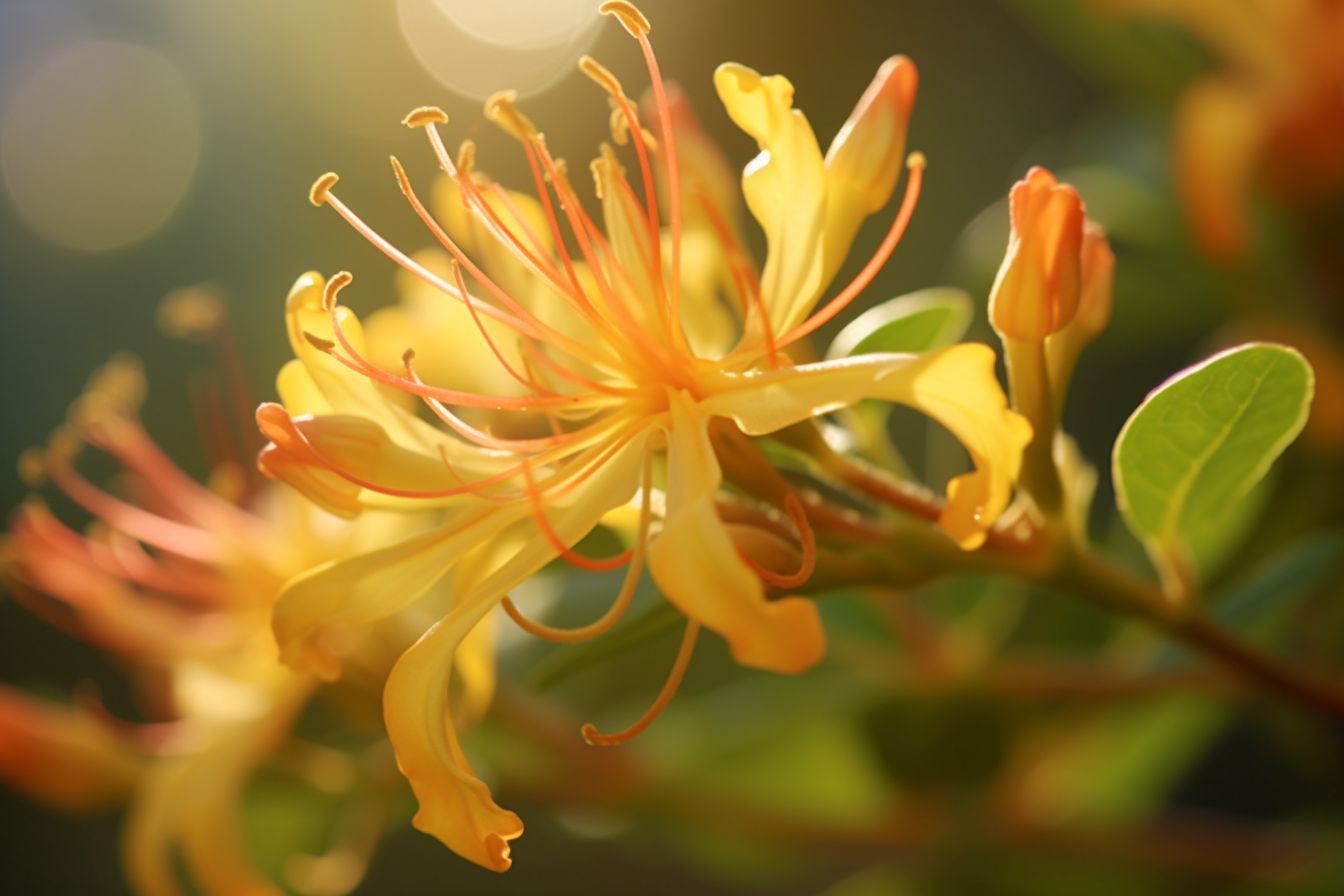
Honeysuckle is a fragrant flower that symbolizes togetherness and affection. The flower’s sweet scent and intertwined vines represent the strong bond of love and connection between people.
Honeysuckle is known for its ability to grow rapidly and climb over other plants, which further emphasizes the idea of interdependence and unity. The flower’s bright and cheerful appearance also signifies happiness and joy that come from being together.
In many cultures, honeysuckle has been used in wedding bouquets and decorations as a symbol of the bride and groom’s union and commitment to each other.
The flower is also associated with the idea of longing and nostalgia for the past, which can bring people together through shared memories and experiences.
Honeysuckle is a popular choice for gardeners and florists alike, not only for its symbolic meaning but also for its beauty and versatility. Whether used in a bouquet, a wreath, or as a decorative element in a garden, honeysuckle is a wonderful way to express the idea of togetherness and love.
Jasmine
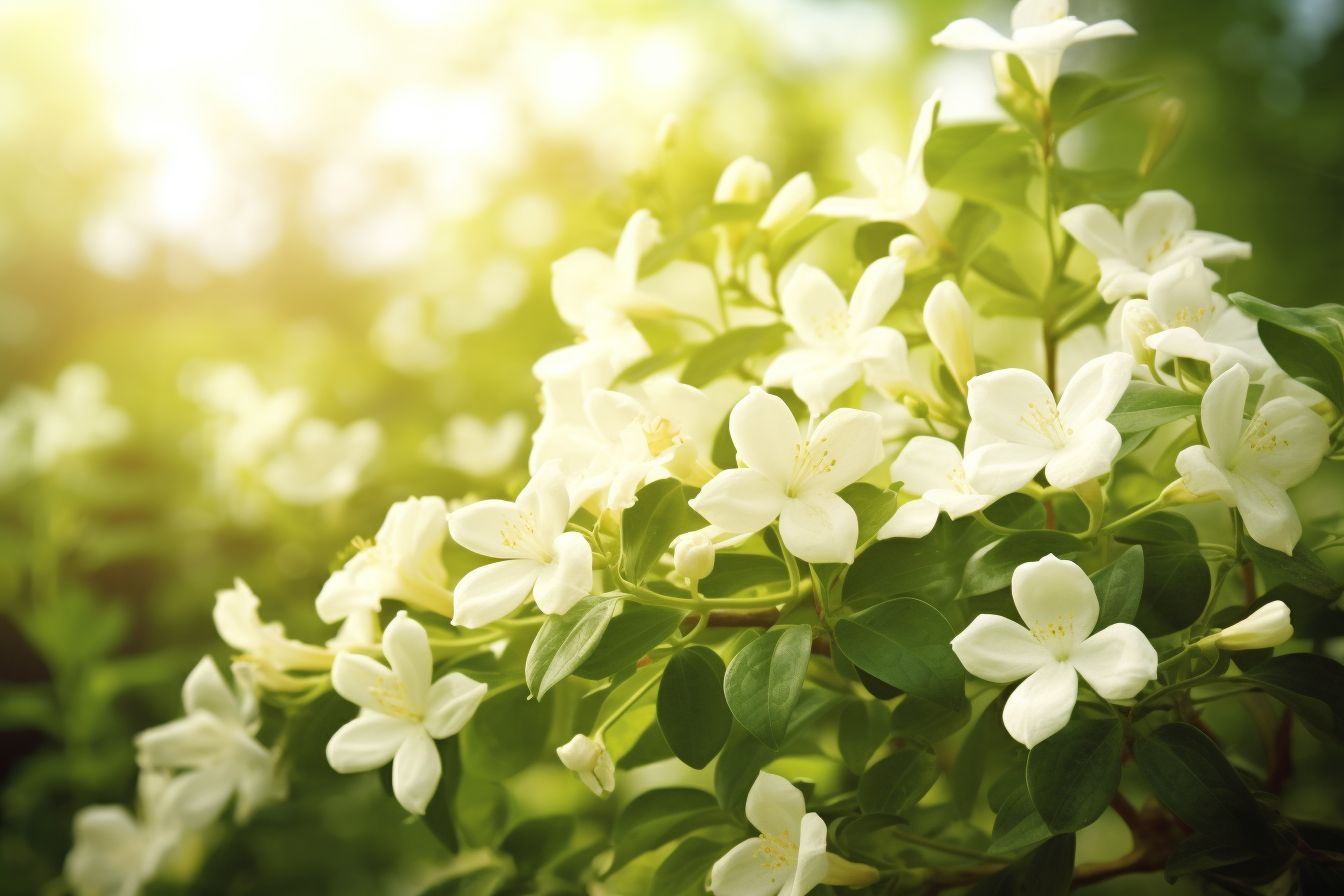
Jasmine is a delicate and fragrant flower that symbolizes many things, including togetherness. The sweet and romantic scent of jasmine flowers is often associated with love, affection, and connection between people.
Jasmine is often used in weddings and other celebrations as a symbol of unity and togetherness. The flower’s white petals and delicate appearance also represent purity and innocence, which further emphasize the idea of a strong and pure bond between people.
In some cultures, jasmine is believed to bring good luck and prosperity to those who plant it, which can create a sense of togetherness and shared happiness within a community.
The flower’s ability to thrive in warm and humid climates also symbolizes resilience and strength in the face of challenges, which can bring people together through difficult times.
Jasmine is a popular choice for perfumes, teas, and other fragrant products because of its intoxicating aroma. The flower’s calming and soothing properties also make it a popular choice for aromatherapy and other relaxation practices that can promote a sense of togetherness and peace.
Overall, jasmine is a beautiful and meaningful flower that can represent the idea of togetherness in many different ways. Its delicate beauty and intoxicating fragrance can evoke feelings of love, connection, and unity, making it a popular choice for many special occasions and celebrations.

My name is Daniel Elrod, and I have been houseplant love ever since I was 17. I love how much joy they bring to any room in the home. I’ve always been amazed at how a few pots of flowing leaves can turn a drab and sterile office into an inviting place where people love to work at.
















